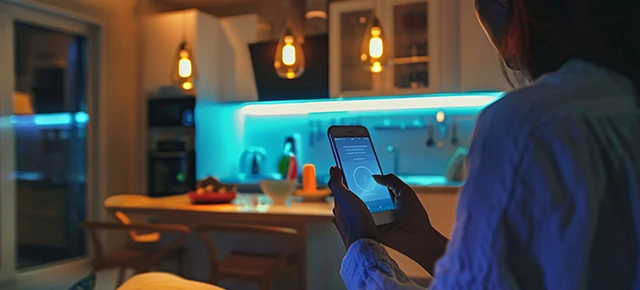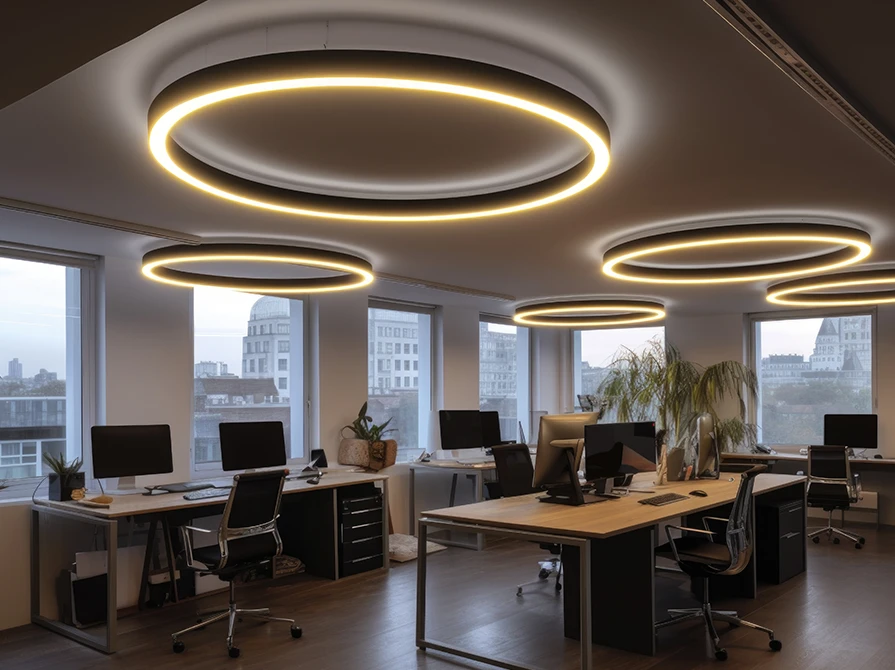


WiFi is undoubtedly one of the most important technologies in the 21stcentury. It was initially introduced as a lightning-fast network technology but has now become of extreme necessity in this digital era. All commercial spaces are now embracing digital and wireless technologies with WiFi being their primary requirement. However, innovation is the reality of technology, which is leveraged to only improve with time.
All modern technologies improve with time. They become faster, efficient, and safe in order to meet the growing demands and changing preferences of the consumers. For instance, there was a time when 2G was introduced as a holy grail of cellular network, and now in the current times, the world is ready to embrace the lightning-fast, high-speed 5G network. Similarly, WiFi will one day become traditional and be dominated by highly advanced technologies like LiFi.
LiFi, meaning Light Fidelity, is a visible light communication system that utilizes light instead of cables for providing high-speed, bi-directional, and wireless communication of data. It comprises of multiple LED luminaires that together form a wireless network and transmit data by modulating the intensity of light. However, the modulation performed is such a course of action that it is not visible to the human eye.
LiFi is an innovative and highly advanced technology that offers a notably similar or maybe better user experience than WiFi, just by utilizing the light spectrum. It is a state-of-the-art technology that can work indoors, outdoors, or with dimmed lights. It is a smart lighting solution and one of the most efficient lighting cum wireless networking technologies in the world. While it offers a similar user experience to WiFi, it can be concluded as better technology, given that it overcomes the conventional limitations of wireless networking.
Here are some reasons that make LiFi better than WiFi:
Light cannot travel through the walls, and thus, can be contained easily within a physical space. This makes LiFi more secure and controllable. Moreover, pureLiFi’s technology is equipped with additional controls that assist users in seeing where the data is going.
Radio frequency technologies like WiFi are often vulnerable to disturbances and interferences from devices like cordless phones, microwaves, and neighbouring WiFi networks. On the other hand, LiFi signals can be defined by the area of illumination. Thus, interference is way simpler to avoid. For instance, LiFi is highly suitable for RF hostile zones like hospitals, power plants, and even aeroplanes.
LiFi can achieve approximately 1000 times the data density of WiFi, offering more data per square meter. This helps in offering an enhanced user experience.
Being one of the biggest LED lighting manufacturers, Wipro Lighting has partnered with pureLiFi to harness their LiFi technology to develop applications for the wireless communication and lighting market in Asia. We are turning the dream into a reality where lights could connect you to the internet.







